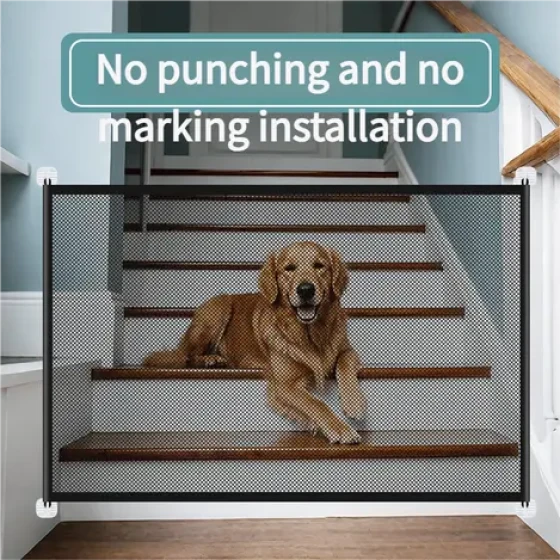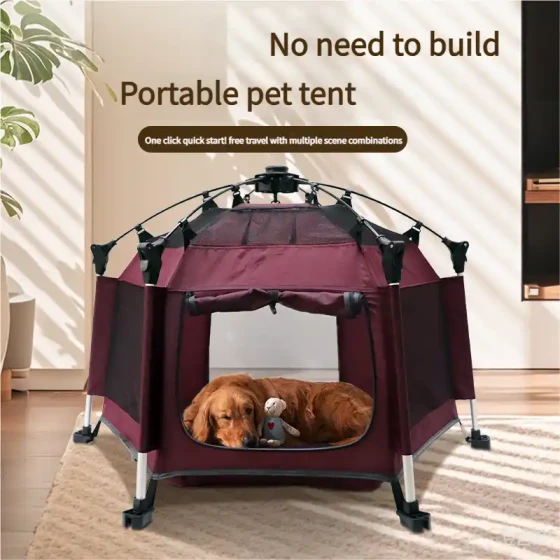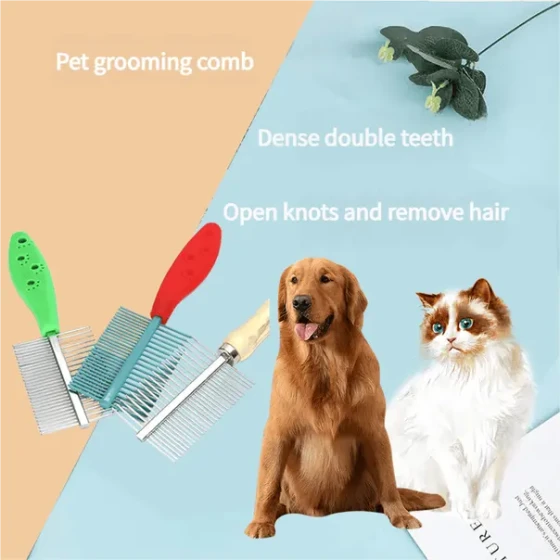What to Do When Dogs Guard Their Food

Most owners place the bowl down and walk away when feeding dogs, allowing the dog to eat quietly alone. Over time, dogs get used to eating alone and may slowly dislike being disturbed during meals. Unknowingly, the dog is passively trained to guard its food. Owners know dogs are “sensitive” when eating (gnawing bones or holding their favorite toy) and often remind others not to approach during these times.
These reminders seem reasonable but cannot prevent future incidents when owners fail to warn in time and dogs bite people. In fact, this hides great dangers. Besides warning others for proper behavior, owners should train dogs to behave appropriately. Dogs naturally develop possessiveness or protectiveness toward certain objects, people, or places. Through training, dogs must learn that human approach is not a threat and there is no reason to bite. Dogs can even be trained to welcome people near their food, bones, or toys. Training dogs aged 2 to 4 months this way is quite easy and safe.
Owners often feel confident punishing dogs for aggressive behavior, but they should consider if such strict punishment suits puppies of this age. Will puppies understand their behavior is wrong? Food guarding is a natural instinct for dogs, especially puppies. In dog packs, some higher-ranked adults allow puppies (2 to 4 months old) to guard their bones, and these puppies rarely receive harsh punishments. Through training without any punishment, puppies can easily be taught to maintain confidence and trust around their food and bones. Harsh punishment near the dog’s bowl may sometimes cause more severe aggression. Training adult dogs (or puppies over 6 months old in adolescence) can be riskier, but owners who anticipate barking or biting can handle the situation appropriately.
If dogs show anger or guarding behavior when their food, bones, or toys are moved during training, an immediate correction and removal of the item should follow. However, repeated defensive and possessive behavior usually indicates the owner is forcing too much, and the dog still feels threatened and uneasy about human approach. Training pace should then be slowed. Training helps dogs gradually get used to people staying nearby while they eat or chew toys and not feeling threatened when their bowl is moved. Most dogs enjoy approaching and eating food from the owner’s hand, but some dogs may become a little impatient when a person approaches their bowl. A better approach is for the owner to hold the bowl and let the dog approach actively. When the dog approaches, the owner can feed by hand. While the dog eats from the hand, use the other hand to gently touch the dog’s head, ears, chest, belly, tail, etc., helping the dog get used to being touched while eating. Also, allow the dog to eat from a bowl held by the owner, adding only small portions of kibble at a time. After the dog finishes each portion, add another (feeding each meal in multiple parts), or remove the empty bowl and immediately refill it.
Each time food is added, touch the dog and make it sit calmly and wait, so the dog gradually understands that when a hand approaches its bowl, good things appear. When the dog remains calm while the owner approaches, training can begin to help the dog get used to people approaching and taking away the bowl. At first, the owner still holds the bowl while the dog eats, adding a small portion of kibble before the dog finishes. Then, release the bowl, offer the dog its favorite treat (liver, chicken jerky, etc.) with one hand, and place the other hand on the bowl. Repeat this training many times, slowly extending the time the hand stays on the bowl. The dog will increasingly like the owner touching its bowl. Next, the owner can try taking the bowl while the dog eats, putting a treat or chicken jerky inside before quickly returning the bowl, gradually lengthening the time holding the bowl. Through this training, the dog will welcome the bowl being taken because tastier things are put inside. The next step is training the dog to get used to a person approaching and taking the bowl while eating.
When the bowl is empty, the owner deliberately leaves to get a tasty treat or more kibble, then returns and greets the dog like: “Do you still want to eat?” Repeat this practice many times. Then owners can try approaching and taking the bowl before the dog finishes chewing food, adding some chicken jerky... Always remember to praise the dog and put the bowl back. The dog will think “Owner forgot to add the goodies, so they took my bowl to refill it!” ... This training should be repeated during every meal.
When giving bones to the dog, continue holding the other end without letting go. This action tells the dog the bone belongs to it, and you are simply sharing. (Using longer bones is better for training.) If the dog growls softly or tries to pull the bone, immediately take it away. At first, use treats to encourage the dog to voluntarily let go of the bone, then return it, gradually extending the time you hold the bone. Next, practice giving the bone to the dog, walking away, then returning to approach the bone and take it away.
The above training not only prevents potential aggressive behaviors but also builds the dog’s confidence through various exercises, effectively reducing aggressive incidents. (Source: PetsZone)
-560x560.webp)




